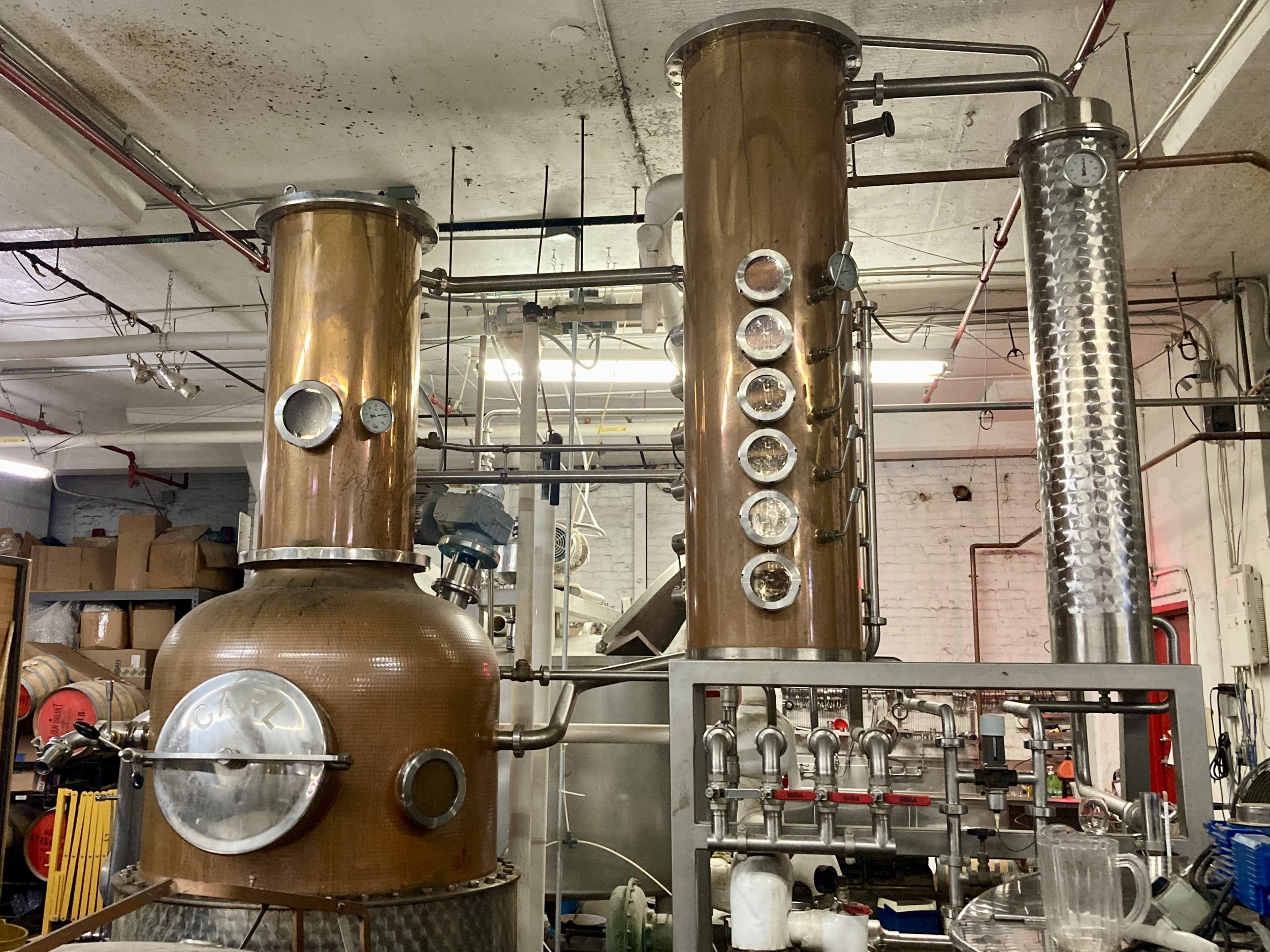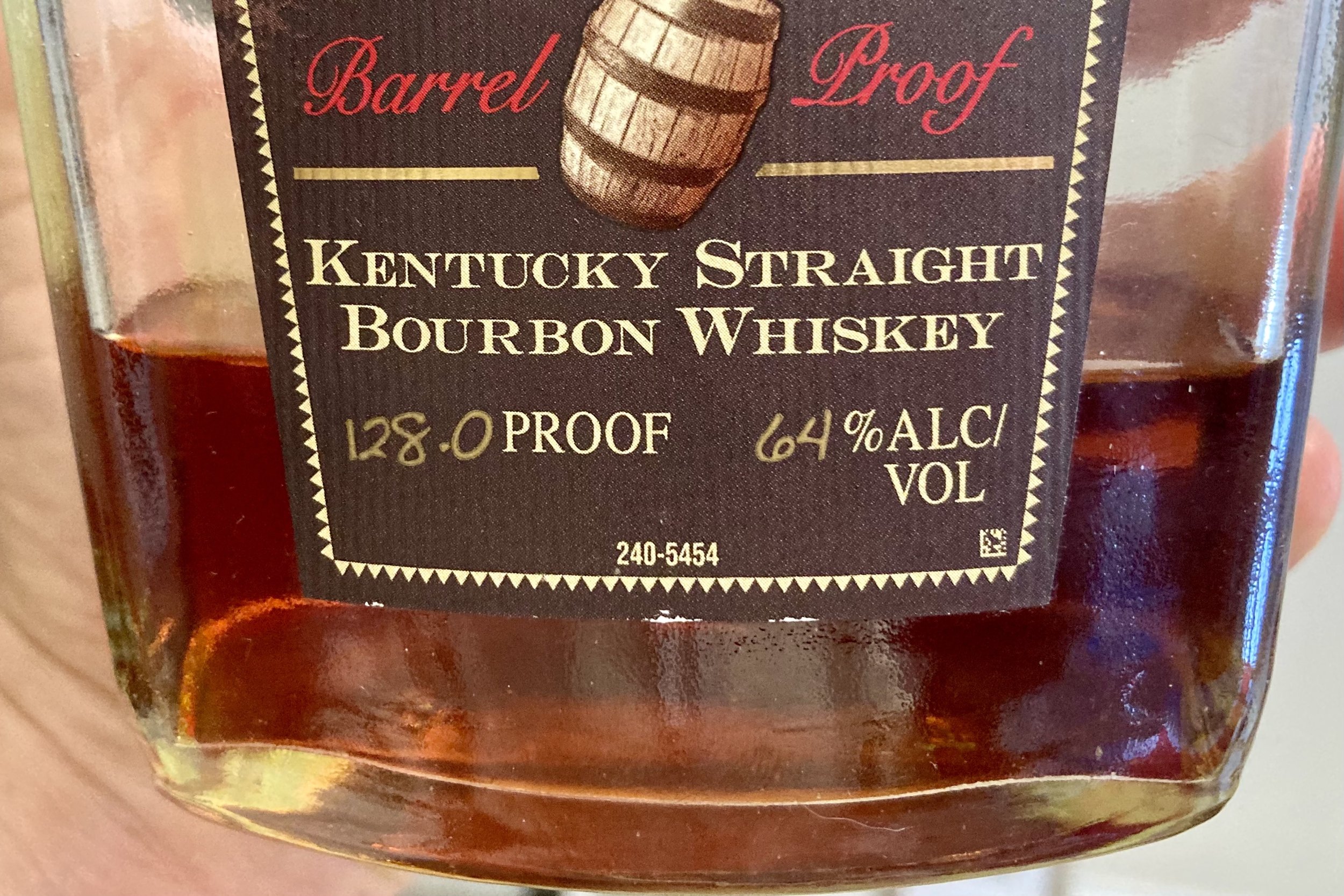Whiskey Basics
What you need to know to get by.
Whiskey can be a daunting subject for most to dive into, especially if you’re new to it. You do not need to have an extensive knowledge in order to appreciate whiskey, but it helps to know the basics. And the basics are pretty easy to understand.
Whisk(e)y
Whiskey/whisky is the overarching umbrella that describes a distilled spirit derived from fermented grain (corn, barley, wheat, rye). This is the main differentiator of whiskey from other spirits like rum, brandy, mezcal, etc. After distillation, it is almost always required that whiskey is aged in oak barrels/casks. If it’s not aged, it’ll be a clear spirit labeled something like “white dog”, “moonshine” or “white whiskey”.
Different types of whiskeys will vary in the types of grains used for fermentation, stills used for distillation and barrels used for aging. Why? Because each of these dramatically impact the characteristics of the whiskey. Whiskey production is a beautiful marriage of art and science and I’ll dive into more detail in later blog posts (so stay tuned!).
Types of Whisk(e)y
Each country has developed its own regulations surrounding whiskey. Because of this, whiskey can be divided up into geographical categories. I’ve listed some of them below along with the generalized flavor profile associated with each. Take note that the Irish and Americans spell it whiskey, while everyone else spells it whisky (and since I’m writing in the USA, I will generally use whiskey).
American whiskey: produced entirely in the US and traditionally aged.
Lots of rich, sweet flavor that can also have a peppery kick
Scotch whisky: produced entirely in Scotland and must be aged 3+ years.
Overall they tend to have a more delicate flavor profile than American whiskeys; either fruit and honey forward or smoke forward in flavor.
Irish Whiskey: produced entirely in Ireland and must be aged 3+ years.
Tend to be a little lighter than Scotches; honey and vanilla forward
Japanese whisky: bottled in Japan.
Similar to Scotches but with more delicate bubble gum/floral notes
Canadian whisky: produced in Canada and aged for 3+ years.
Typically light like Irish whiskeys, but flavor profiles can vary
I’m going to break down American whiskey and Scotch whisky into a little bit more detail because: 1. Those are the most common whiskey categories you’ll come across and 2. There’s a lot of variations of each. I’m not going to break down all the different variations in these bullet points, so I’ve also attached some fun flow diagrams to help you decipher any American whiskey or Scotch Whisky label.
Scotch whisky
Scotches are traditionally aged in used barrels (ex-bourbon), which gently matures the whisky allowing it to develop notes of vanilla, coconut and almonds.
Single Malt Scotch Whisky: produced by one distillery from 100% malted barley fermentation, the label will specify what region it’s produced in. Malted barley gives the whisky notes of toffee and cereal.
Islay Single Malt: smoke, moss, brine
Speyside, Highland and Lowland Single Malt: fruit, caramel, honey, spice, vanilla
Campbeltown and Island Single Malt: fruit, smoke, vanilla, honey
Blended: a blend of whiskies from multiple Scotch distilleries created to produce a “popular” whisky.
Other Blog Posts
American whiskey
Bourbon: produced from at least 51% corn fermentation (the other 49% can be a mix of different grains, most often rye or wheat with malted barley). Note: Bourbon does not have to be produced in Kentucky!
Using corn allows the whiskey to develop rich, caramel, vanilla and maple notes
Rye: produced from at least 51% rye fermentation.
Using rye gives the whiskey pepper, floral, butterscotch and clove notes
Straight Bourbon/Rye: in addition to the mash bill requirements (what grains are used), it must be aged 2+ years in new charred oak barrels. This allows the whiskey to develop notes of vanilla, oak, caramel and chocolate.
If all this information seems confusing or overwhelming, remember this is just like understanding the menu at a new restaurant. Maybe the restaurant serves a cuisine you’ve never had before. You might look at the menu and barely understand any of the items listed, or maybe the menu is in a completely different language. Taking a little bit of time to understand the basics will help you figure out something you might like to try.













